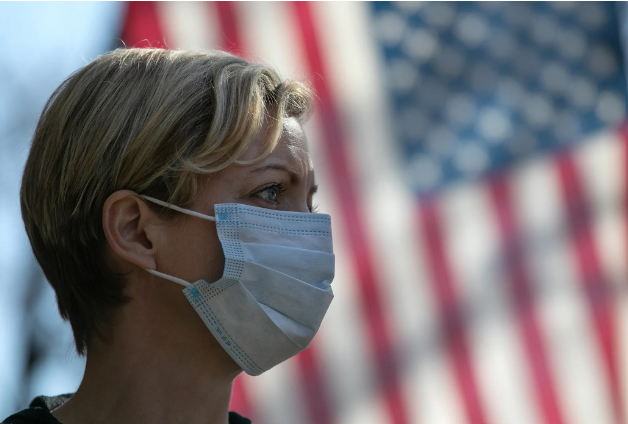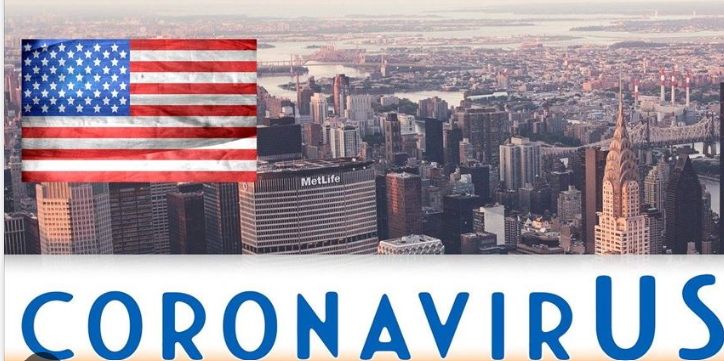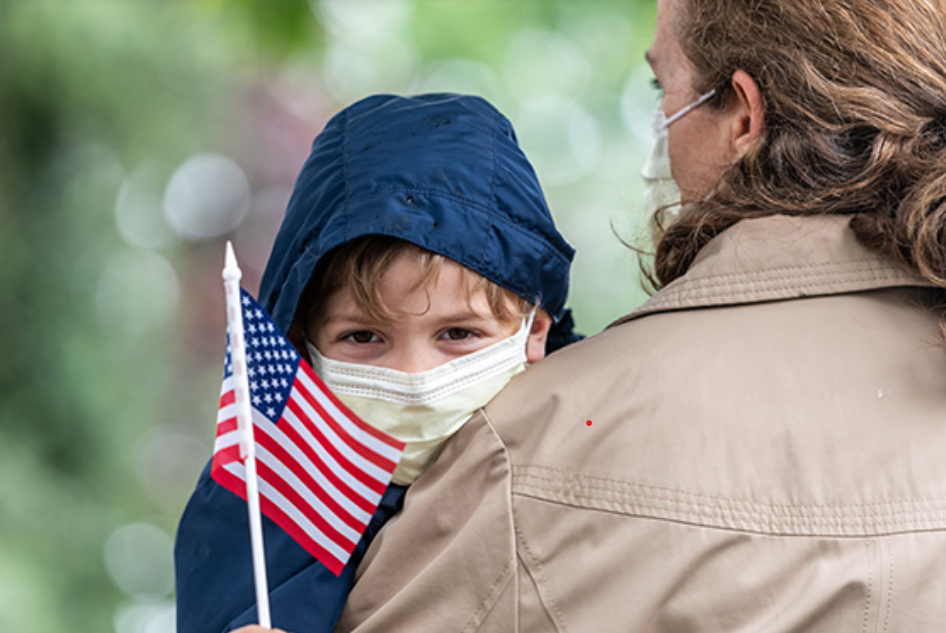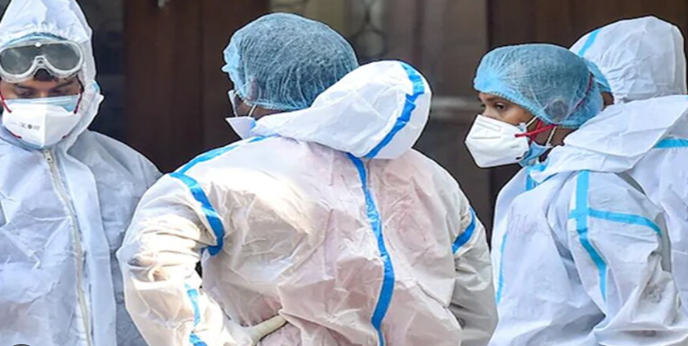
US Faces 9th Consecutive Week of Covid Hospitalizations Amidst Alarming Surge Global Sweep of JN.1 Variant
US Witnesses 9th Consecutive Week of COVID Hospitalizations Amid Global Onslaught of JN.1 Variant
The latest data from the Centers for Disease Control and Prevention (CDC) paints a concerning picture of the ongoing battle against COVID-19. In the past week alone, there were over 35,800 hospital admissions related to the virus, marking the ninth consecutive week of increases. This troubling trend follows the winter holidays, a period traditionally associated with social gatherings and increased travel, leading to a higher dissemination of the coronavirus.

The persistence of respiratory COVID activity is evident as individuals experiencing symptoms of cough and fever sought medical attention in 35 states, along with New York City and the District of Columbia. Despite the week-over-week surge somewhat leveling off, the current hospitalization rates are reminiscent of those witnessed during the winter of the LAST year.
In a Friday update, the CDC acknowledged the elevated national levels of test positivity, emergency department visits, and hospitalizations. However, they noted that these rates have either stabilized or, in some instances, decreased after several weeks of continual increase. The United States, as indicated by wastewater surveillance data, continues to grapple with “very high” COVID-19 levels.

Preliminary CDC statistics reveal a grim reality, with over 1,600 Americans succumbing to the virus every week. The predominant strain responsible for the current COVID-19 outbreak in the US is identified as JN.1, an Omicron subvariant. Despite being the fastest-spreading variant in the nation, the CDC asserts that there is currently no evidence indicating that JN.1 poses an increased risk to public health compared to other circulating variants.
JN.1, classified as a “variant of interest” by the World Health Organization (WHO), accounts for 44 percent of COVID cases, Its transmission rate has doubled in just two weeks, according to data from the CDC. While it has led to hospitalizations and, in some instances, proved fatal, recent evidence suggests that its threat level is not significantly greater than other circulating variants.
Notably, JN.1 carries over three dozen mutations in its spike protein compared to XBB.1.5, the variant that dominated much of the past year. Despite these mutations, COVID vaccines are believed to provide increased protection against JN.1, similar to their efficacy against other variants.

Understanding the symptoms remains crucial in identifying potential COVID cases. Across all variants, symptoms include fever or chills, cough, shortness of breath or difficulty breathing, fatigue, muscle or body aches, headache, new loss of taste or smell, sore throat, congestion or runny nose, nausea or vomiting, and diarrhea.
As the battle against COVID-19 persists, the emergence of new variants underscores the need for continued vigilance, public health measures, and a proactive approach in vaccine distribution and administration. The collective effort to curb the spread of the virus remains paramount in navigating through these challenging times.
As the United States grapples with the relentless surge in COVID-19 hospitalizations for the ninth consecutive week, the focus turns to the Omicron subvariant, JN.1. Despite being the predominant strain driving the current outbreak, health authorities, including the CDC, emphasize that there is no evidence suggesting JN.1 poses a greater risk to public health compared to other circulating variants.
The World Health Organization’s classification of JN.1 as a “variant of interest” underscores the need for ongoing research and monitoring. While it currently accounts for 44 percent of COVID cases i, the transmission rate of this Omicron subvariant has doubled within a brief two-week period. This rapid spread raises concerns, especially as it contributes to the surge in hospital admissions.
The continuous evolution of the virus, with JN.1 carrying over three dozen mutations in its spike protein, highlights the dynamic nature of the pandemic. However, the reassuring aspect remains that COVID vaccines are expected to enhance protection against this variant, as they have demonstrated efficacy against other strains.
For the latest updates-click here.


